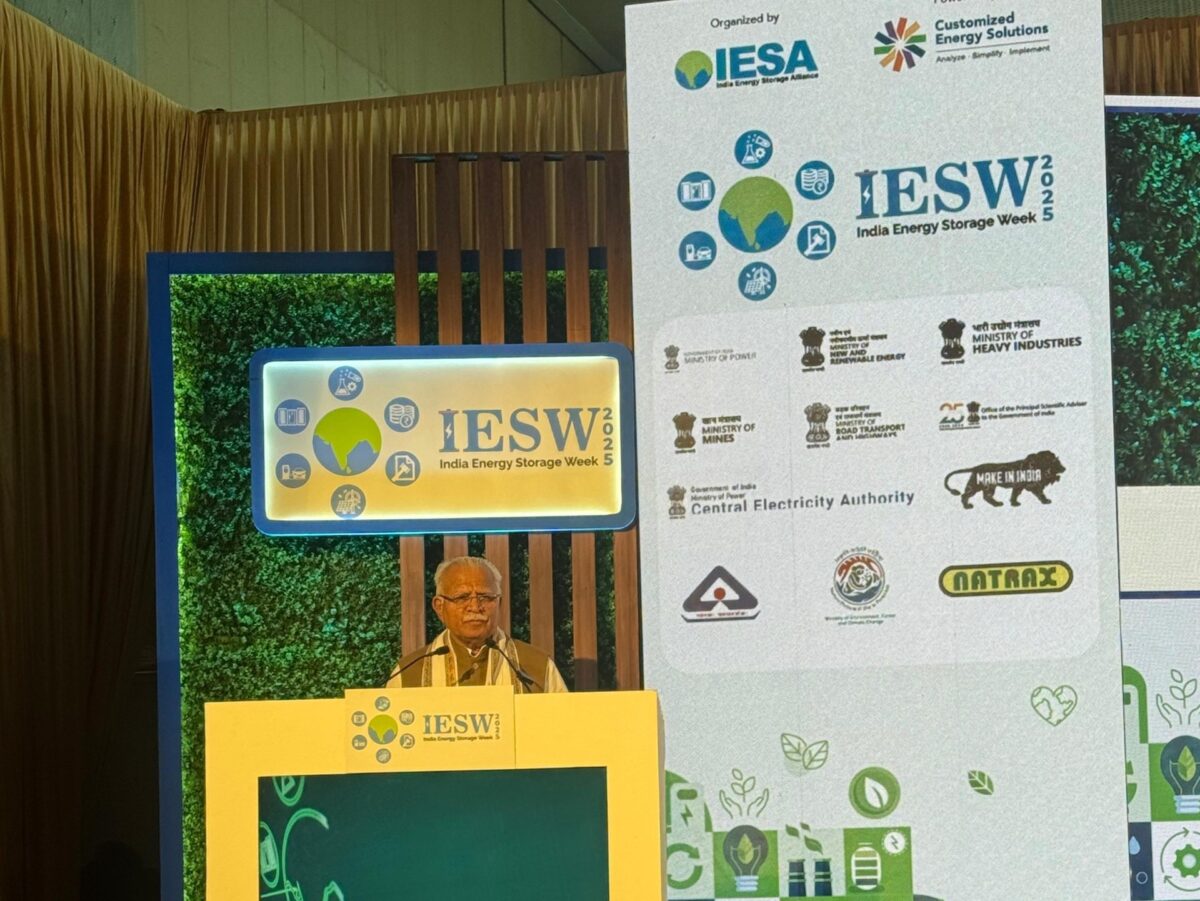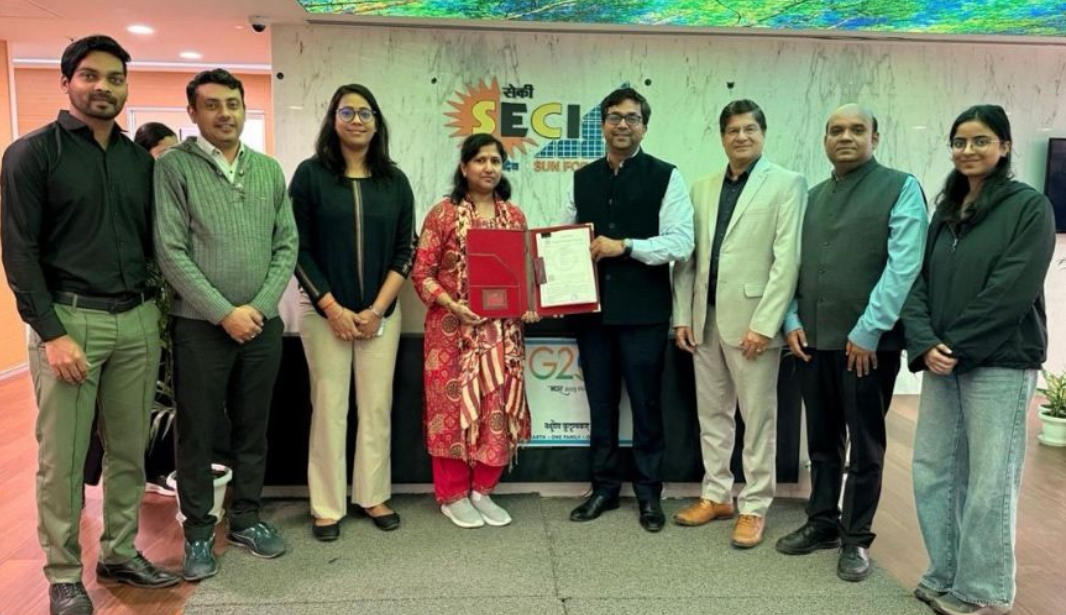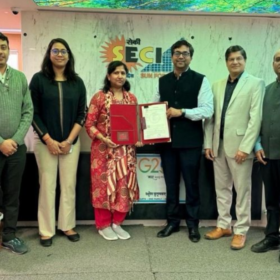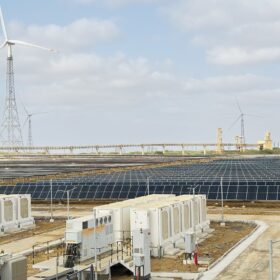Addressing the 11th edition of India Energy Storage Week (IESW) 2025, union power minister Manohar Lal Khattar said, “India is on track to achieve the milestone of 50% renewable energy share in its total installed power generation capacity by the end of the year.”
India’s installed power generation capacity stood at around 476 GW as of May 31, 2025, with around 48% (227 GW) contributed by renewables (hydro, solar, wind, biopower, urban & industrial waste power), as per the data published by the Central Electricity Authority (CEA).
Under its updated NDC submitted to the United Nations Framework Convention on Climate Change in Aug. 2022, the nation has committed to achieving 50% of cumulative electric power capacity from non-fossil fuel sources by 2030.
Khattar said, “To stabilize the national grid and ensure 24/7 reliable clean energy, scaling the energy storage infrastructure is essential…In the past three to four years, the cost of energy storage has significantly decreased. What was once INR 10 lakh per megawatt has now fallen to INR 2.5 lakh per megawatt per month, indicating a reduction to one-fourth of the original cost.”
Khattar added, “As industries like steel and cement shift towards green hydrogen, India is pushing for energy independence to reduce oil dependency. With a green hydrogen mission backed by INR 19,744 crore, the country seeks to produce 10 million metric tons of green hydrogen and establish an electrolyzer capacity of 60 to 100 GW. This initiative highlights India’s determination to lead in next-generation fuel production.”
IESW 2025, organized by the industry body, Indian Energy Storage Alliance (IESA), also brought together key energy sector leaders including Ghanshyam Prasad, Chairperson of the Central Electricity Authority, and Manu Srivastava, additional secretary of the MP Renewable Energy Department. Industry leaders Gautam Reddy, CEO of AM Green, Sivaprasad Manikkapurath, president of Renew Power, and Rajat Seksaria, CEO of Adani New Industries, were also present.
“India’s current battery energy storage system (BESS) capacity is very meagre at around 205 MW (or about 506 MWh). Around 3,300 MW of capacity in the pipeline, which is expected to culminate in 8,500 megawatt-hours (MWh) over the next two years. Moreover, we have around 12,500 MW equating to roughly 42,000 MWh under tender,” said Ghanshyam Prasad, chairperson of the Central Electricity Authority. “Starting from 2026-27, we will need to increase our capacities steadily to reach around 74 gigawatts (GW) by 2031-32.”
“This year, the government targets around 3,000 MW of hydro PSP capacity and is working towards increasing the total pumped storage project capacity to 50 GW in the coming years,” said Prasad. “The challenge is to raise the current hydro pumped storage capacity from 5 GW to 50 GW within the next 5 to 6 years. We recognize this is a significant challenge, and we are actively working towards achieving it,” he added.
This content is protected by copyright and may not be reused. If you want to cooperate with us and would like to reuse some of our content, please contact: editors@pv-magazine.com.









By submitting this form you agree to pv magazine using your data for the purposes of publishing your comment.
Your personal data will only be disclosed or otherwise transmitted to third parties for the purposes of spam filtering or if this is necessary for technical maintenance of the website. Any other transfer to third parties will not take place unless this is justified on the basis of applicable data protection regulations or if pv magazine is legally obliged to do so.
You may revoke this consent at any time with effect for the future, in which case your personal data will be deleted immediately. Otherwise, your data will be deleted if pv magazine has processed your request or the purpose of data storage is fulfilled.
Further information on data privacy can be found in our Data Protection Policy.